Featured
Interest rate hike could lead to real estate recession
In attempts to bring the US debt above water, real estate interest rates spike, forcing outstanding trade deficits to dig deeper holes in the economy.
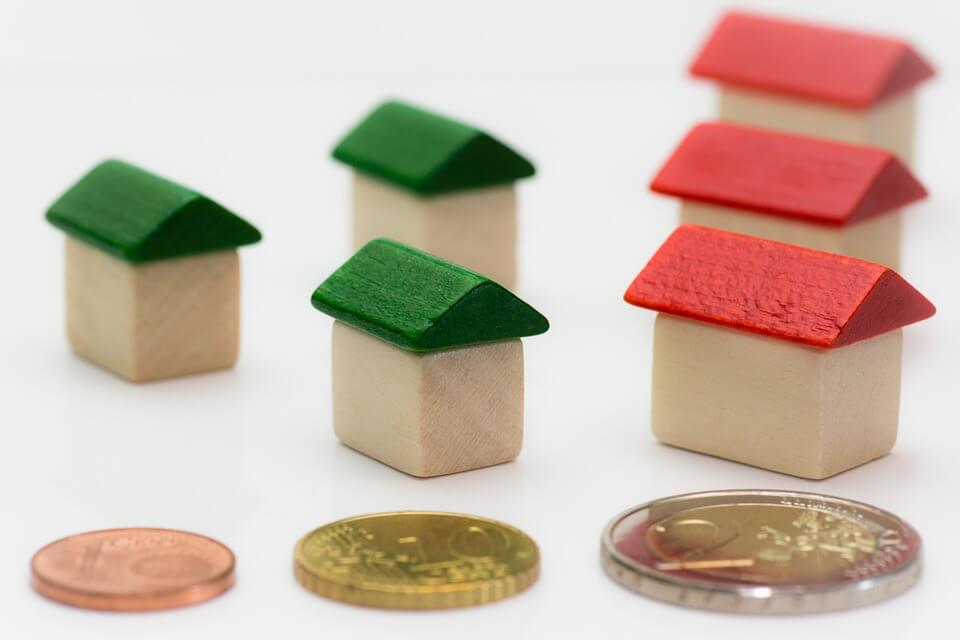
We should all be familiar with the aphorism, “as real estate goes so goes the economy.” Anyone ignoring that economic axiom was completely blindsided by the Great Recession of 2008. Well, the collapse of the Everything Bubble most certainly includes the real estate market … and this time around will definitely not be different.
The plain and simple fact is that home ownership is getting further out of reach for the average consumer as mortgage rates rise. This is especially true for a first-time homebuyer. The 30-year fixed rate mortgage is now the highest level since January 2014 at 4.64 percent.
With mortgage rates now more than half a percentage higher than at the start of the year, homebuyers are already getting priced out of an overvalued real estate market. This means that just by waiting a couple of months to buy a home, someone buying the typical U.S. home would be paying an extra $564 per year on their mortgage. Over the lifespan of a 30-year mortgage, that adds up to nearly $17,000, according to Zillow.
The rise in mortgage rates has caused purchase applications to fall to a level that is now just 1 percent above the year-ago period. The current trajectory clearly shows the YOY change should soon be negative, and as housing goes into recession, the economy is sure to follow. In fact, year-on-year, existing home sales were down 4.8 percent, the largest decline since August 2014. Prices also dropped considerably in January, the median selling price fell by 2.4 percent.
Sales of New U.S. homes fell in January for the second straight month. The Commerce Department says sales came in at a seasonally adjusted annual rate of 593,000 units, which was the lowest since August and down 7.8 percent from a revised 643,000 in December.
And the Pending Home Sales Index in January fell 4.7 percent to 104.6. This was the lowest level for that index in nearly 3.5 years. According to Bloomberg, this points to a third straight decline for final sales of existing homes, which already fell very sharply in both January and December.
You see, you have to look at both sides of the equation: Tax cuts are stimulative to growth, but rising debt service costs are a depressant, especially when imposed upon the record $49 trillion worth of total U.S. non-financial debt, which is up an incredible 47.5 percent in the last 10 years. Earnings per share on the S&P 500 are getting a huge one-time boost from lower corporate rates, but debt service payments are rising sharply and will offset much of those gains.
Every 1 percent increase in the average interest payment on the national debt equates to an additional $200 billion of debt service payments. And individual households aren’t doing much better managing their debt than corporations and government. In fact, total household debt rose to an all-time high of $13.15 trillion at year-end 2017, an increase of $193 billion from the previous quarter, according to the Federal Reserve Bank of New York.
According to Equifax, in December, mortgage debt balances rose by $139 billion. WalletHub said U.S. consumers racked up $92.2 billion in credit card debt during 2017, pushing outstanding balances past $1 trillion for the first time ever. The $67.6 billion in credit card debt that was added in Q4 2017 is the highest quarterly accumulation in 30 years — 68 percent higher than the post-Great Recession average.
Total outstanding non-financial U.S. corporate debt has risen by an unbelievable $2.5 trillion (40 percent) since its 2008 peak. This means, according to former OMB Director David Stockman, that even if the 10-year Note rises to only 3.75 percent, the average after-tax interest expense for the S&P 500 companies will rise from $16 per share (2016 actual) to $36 per share, and would erase nearly all of the corporate tax rate deduction.
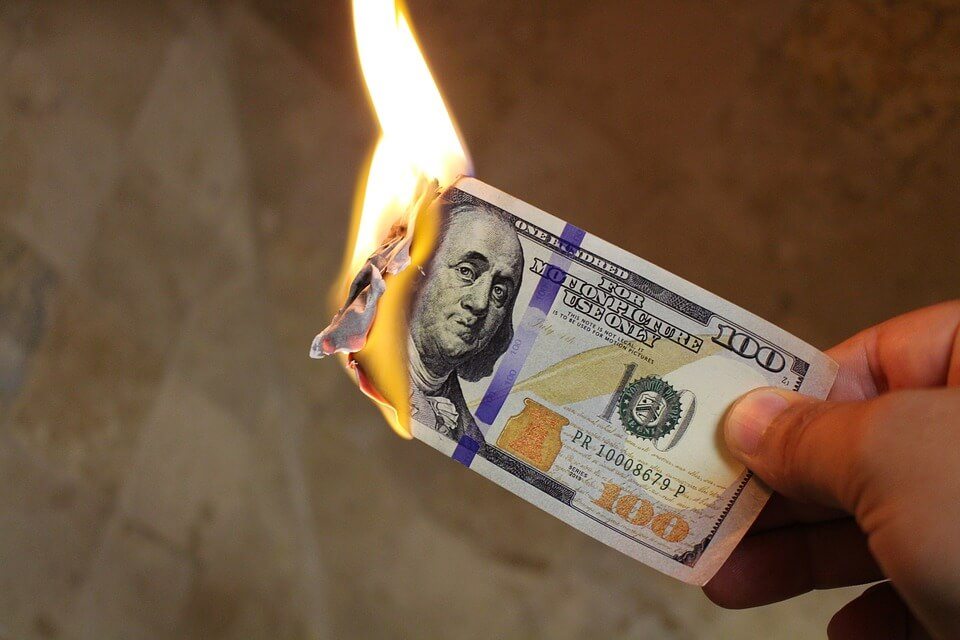
Despite hikes in real estate interest rate, it is nearly impossible to offset the standing global debt valued at 330 percent of global GDP. (Source)
The fact is, it’s hard to make the argument that any group has been deleveraging. What this all means is that the debt-disabled economy is more susceptible to rising rates than ever before. In other words, the bursting of the greatest economic distortion in history — the worldwide bond bubble — is now slamming into the most massive accumulation of global debt ever recorded. To be specific, debt has surged to the unprecedented level of 330 percent of global GDP.
Indeed, when looking at the real estate rollover, falling durable goods orders and spiking trade deficits, it’s hard to make a cogent argument that GDP growth has shifted into a higher gear. And now, the first salvos of an international trade war have been fired off. What started as tariffs on just solar panels and washing machines has now morphed into a tax on everything made of aluminum and steel. Tariffs are simply taxes on foreign made goods that eventually get passed onto American consumer in the form of higher prices and will serve to further offset the cuts on corporate and individual tax rates.
Wall Street has become downright giddy over the tax reform package, but at the same time completely overlooking the coming drag on GDP from spiking debt service costs and trade wars; which will further pressure Treasury yields higher as China recycles less of its trade surplus into dollars.
Once the tax cut and repatriation-induced buy-back buzz wear off, the stock market will be in serious trouble. That should occur sometime this fall. Unfortunately for the Wall Street perma-bulls, the timing for the end of debt-fueled repurchases couldn’t be worse. Because come October, the Fed will be selling $50 billion worth of bonds per month and will have raised the Funds Rate three more times. In addition, deficits will have spiked to well over $1 trillion per year. Rapidly rising interest rates should ensure economic growth and EPS comparisons become downright awful just as the economy rolls over from crushing debt service costs.
Indeed, the stock market will soon lose its last major leg of support — debt-fueled share buybacks. According to Artemis’s calculations, share buybacks have accounted for +40 percent of the total EPS growth since 2009, and an astounding +72 percent of the earnings growth since 2012. Thanks to the tax cuts and repatriation legislation, buybacks are already on a record pace for 2018 — $171 billion worth has been announced so far this year, which is more than double the amount announced this time last year. Rising corporate debt levels and higher interest rates are a catalyst for slowing down the $500-$800 billion in annual share buybacks that have artificially supporting EPS and markets. But as already noted, these will also become a causality of the bond market’s demise.
You still have time to put into place an investment strategy that at least attempts to preserve and profit from the coming yield-shock-induced recession — and the subsequent stock market and economic collapse that is sure to follow. But time is quickly running out.
—
DISCLAIMER: This article expresses my own ideas and opinions. Any information I have shared are from sources that I believe to be reliable and accurate. I did not receive any financial compensation in writing this post, nor do I own any shares in any company I’ve mentioned. I encourage any reader to do their own diligent research first before making any investment decisions.

-

 Impact Investing2 weeks ago
Impact Investing2 weeks agoEU Expands Leadership in Sustainable Finance with Record Green Bond Impact
-

 Impact Investing6 days ago
Impact Investing6 days agoEU End-of-Life Vehicles Rule Pushes Cars Toward a Circular Economy
-

 Crowdfunding2 weeks ago
Crowdfunding2 weeks agoFlower Burger Launches Crowdfunding to Fuel Growth in Booming Plant-Based Market
-

 Business4 days ago
Business4 days agoTopRanked.io Weekly Affiliate Digest: What’s Hot in Affiliate Marketing [1xBet + FIFA World Cup]


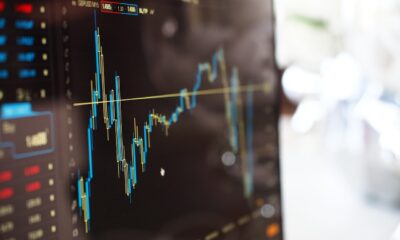



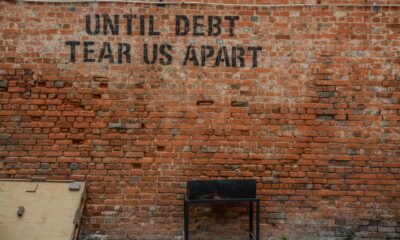

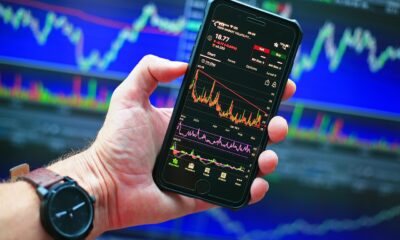
















You must be logged in to post a comment Login